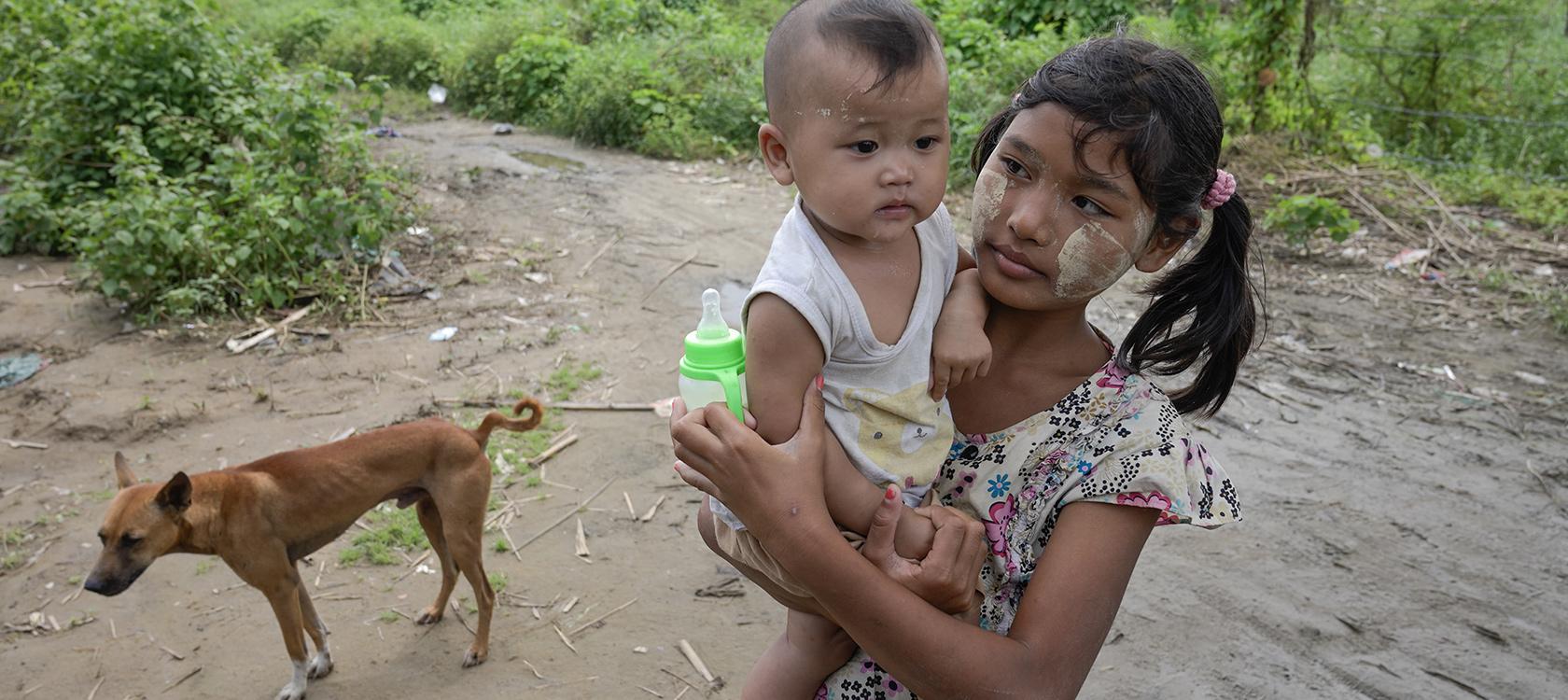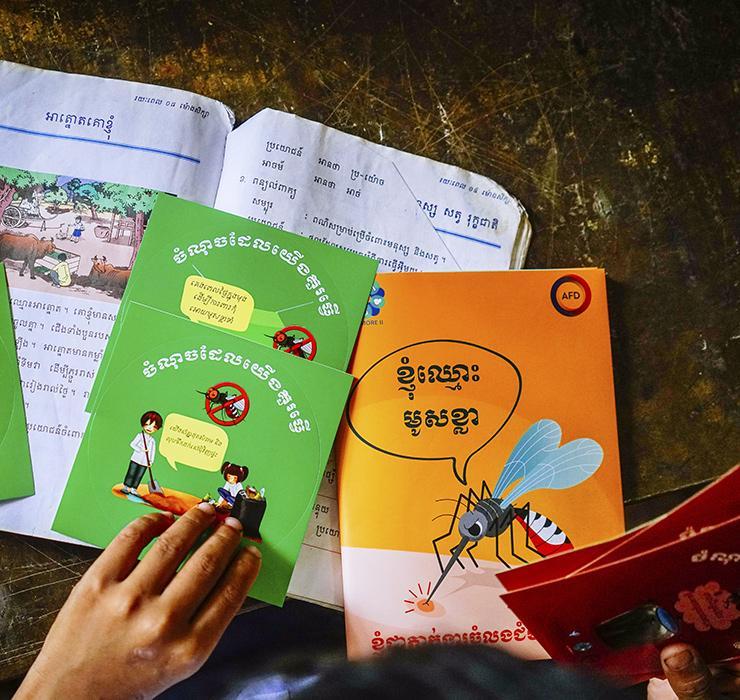Southeast Asia Faced with Rise in Emerging Diseases


Population growth and economic development are creating serious consequences for natural ecosystems. Southeast Asian countries must deal with rapid growth that has led to both acute urbanization and an intensification of agricultural practices. The resulting disruptions in ecosystems contribute to the emergence of diseases and to their spread to areas not previously affected, as well as to the appearance of new diseases.
It’s against this backdrop that the Institut Pasteur, with support from Agence Française de Développement (AFD), has launched ECOMORE II. The project aims to broaden understanding of the specific changes causing the emergence of infectious diseases. It will also measure the impact of surveillance systems and heightened national and regional cooperation, which were launched in phase one, in response to these diseases.
This second phase of the project will also analyze the impact of climate change on the emergence of diseases in the study area. The most significant risks come from waterborne and mosquito-borne diseases, whose emergence stems in part from changing weather patterns and intense land use.
Dengue fever is a mosquito-borne disease, whose symptoms may include a high fever, headache, vomiting, muscle and joint pains, and a skin rash.
Leptospirosis is a bacterial disease which, if untreated, can lead to kidney damage, liver failure, and even death.
Five Southeast Asian partners share their experience of what are becoming major public health issues in their country: dengue fever in Cambodia, Laos, and the Philippines, and leptospirosis in Myanmar and Vietnam.
We meet some of the key players in the project.


At the regional level, the objective of the ECOMORE II project is also to work on the link between the emergence of these diseases and the various climate scenarios. The Institut Pasteur is therefore collaborating with the French National Research Institute for Development (IRD) to model the evolution of dengue fever and leptospirosis according to these different scenarios, which include the intensification of risk factors such as higher rainfall.
“The idea is that, eventually, local decision-makers connect to the site, enter the name of their region and immediately see the projection of the impact of climate change and of the evolution of the diseases studied,” says Benjamin Sultan, an IRD researcher and climate change specialist.
“It’s a powerful awareness-raising tool. The hope is that some countries, after becoming aware of those projections, will want to go further in their climate change adaptation and mitigation plans.”

ECOMORE II strives to promote and share the results of field studies regionally. Annual steering committee meetings bring together all the stakeholders involved in the implementation of the project. In addition, the project provides for exchanges in which experts from the region participate. These exchanges include joint training in new laboratory diagnostic techniques, cross-cutting technical workshops, and mutual visits to the sites where field studies are implemented.
These collaborative activities are also developed between partners and national authorities. For example, the Thailand International Cooperation Agency (TICA) organized training in collaboration with Kasetsart University in Bangkok and the Institut Pasteur du Cambodge (IPC) to improve mosquito identification skills by Cambodian entomologists from the National Malaria Center of Cambodia (NMC) and the IPC’s Medical Entomology Unit.
Leptospirosis is an infection transmitted through water, from animals to humans. Dengue fever, on the other hand, is transmitted by mosquitoes.
Diagnosis is difficult because the two diseases have similar clinical symptoms: high fever, aches and pains, fatigue, etc.
The risk of severe consequences is high for infected individuals, who are often from among the poorest and most vulnerable populations. In severe cases of leptospirosis, the mortality rate can reach 20%.